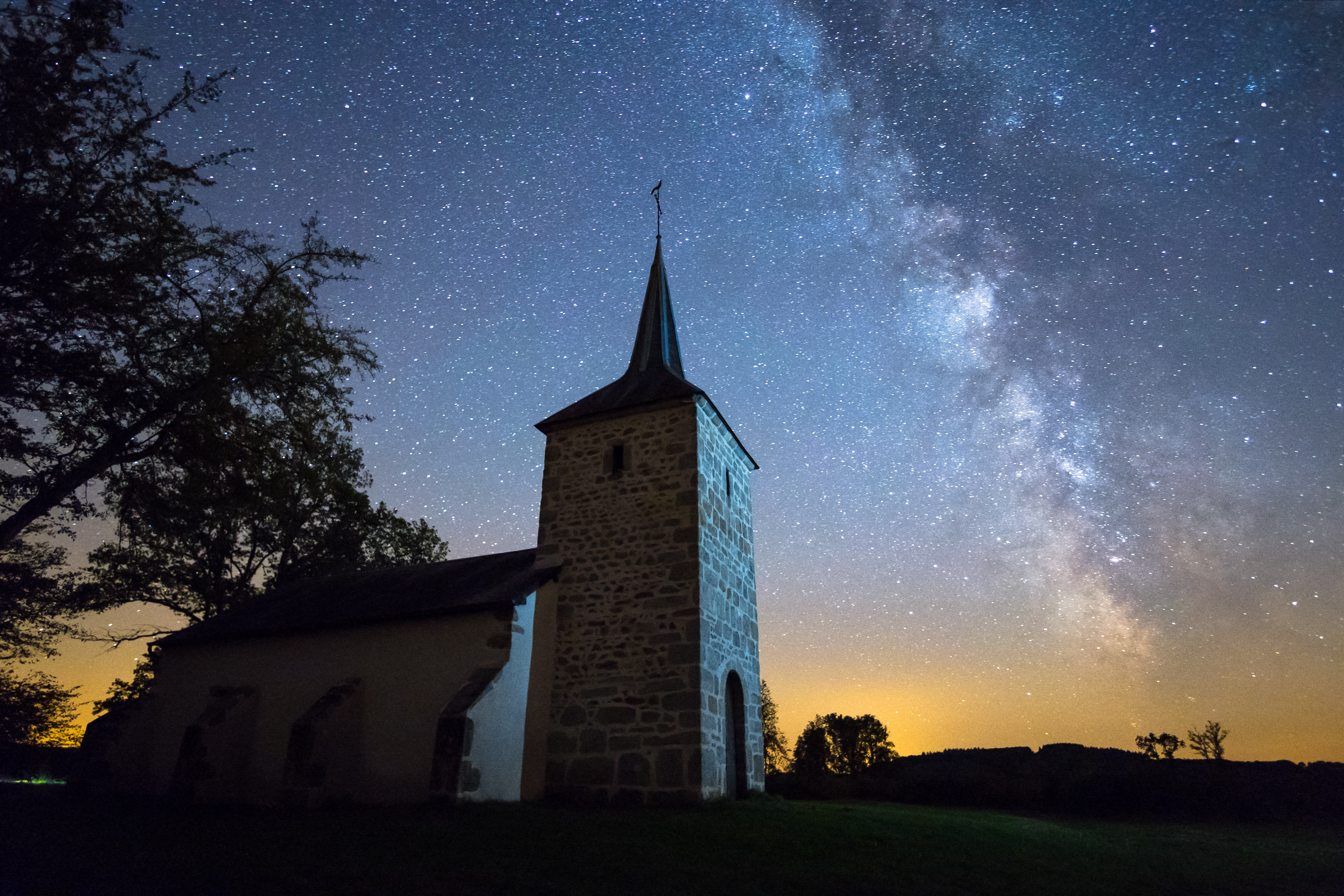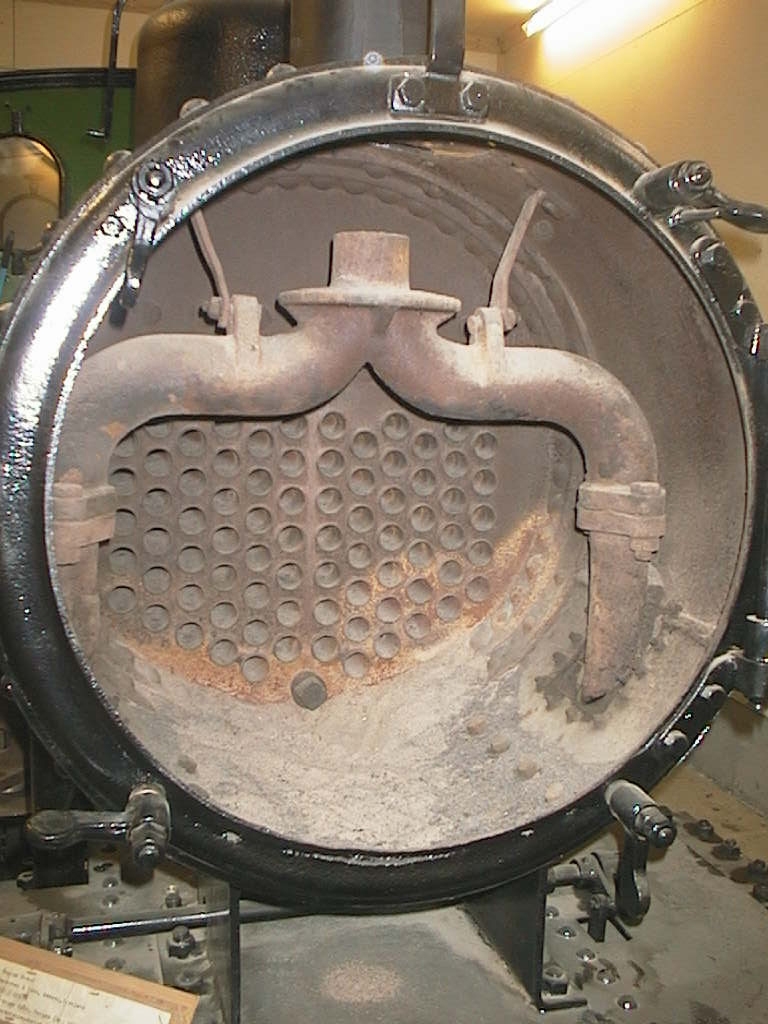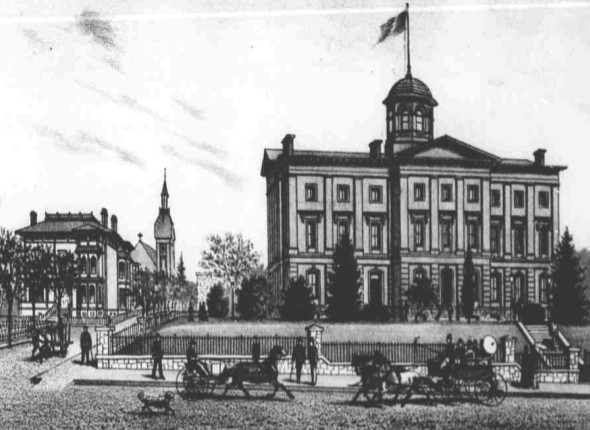|
Southern Pacific GS-4 Class
The Southern Pacific GS-4 is a class of semi-streamlined 4-8-4 "Northern" type steam locomotive operated by the Southern Pacific Railroad (SP) from 1941 to 1958. A total of 28 locomotives were built by Lima Locomotive Works (LLW) in Lima, Ohio, with the first batch of 20 built between March and May 1941, and the second batch of eight built between March and April 1942. The initials ''GS'' stands for ''Golden State'' or ''General Service''. The GS-4s served as the primary motive power of SP's famous ''Coast Daylight'' passenger train between San Francisco and Los Angeles, California, via San Luis Obispo, California. They also hauled the ''San Joaquin Daylight'' and the overnight ''Lark'', both of which ran between San Francisco and Los Angeles as well, although the former ran via the San Joaquin Valley and Tehachapi Pass. Some of the GS-4s were first assigned to haul troop trains during World War II. In the mid-1950s, SP began to modernize their mainline passenger trains with di ... [...More Info...] [...Related Items...] OR: [Wikipedia] [Google] [Baidu] |
Coast Daylight
The ''Coast Daylight'', originally known as the ''Daylight Limited'', was a passenger train on the Southern Pacific Railroad (SP) between Los Angeles and San Francisco, California, via SP's Coast Line. It was advertised as the "most beautiful passenger train in the world," carrying a particular red, orange, and black color scheme. The train operated from 1937 until 1974, being retained by Amtrak in 1971. Amtrak merged it with the ''Coast Starlight'' in 1974. History Southern Pacific Southern Pacific introduced the ''Daylight Limited'' on April 28, 1922. The train operated on a 13-hour schedule between the Third and Townsend Depot in San Francisco and Central Station in Los Angeles, running on Fridays and Saturdays only. In 1922 and 1923, the train ran seasonally, beginning in April and ending in November. Daily operation began in July 1923. The SP shortened the running time to 12 hours for the 1924 season. Until the late 1920s, it made no intermediate stops (except fo ... [...More Info...] [...Related Items...] OR: [Wikipedia] [Google] [Baidu] |
Night
Night, or nighttime, is the period of darkness when the Sun is below the horizon. Sunlight illuminates one side of the Earth, leaving the other in darkness. The opposite of nighttime is daytime. Earth's rotation causes the appearance of sunrise and sunset. Moonlight, airglow, starlight, and light pollution dimly illuminate night. The duration of day, night, and twilight varies depending on the time of year and the latitude. Night on other celestial bodies is affected by their rotation and orbital periods. The planets Mercury and Venus have much longer nights than Earth. On Venus, night lasts about 58 Earth days. The Moon's rotation is tidally locked, rotating so that one of the sides of the Moon always faces Earth. Nightfall across portions of the near side of the Moon results in lunar phases visible from Earth. Organisms respond to the changes brought by nightfall: darkness, increased humidity, and lower temperatures. Their responses include direct reactions a ... [...More Info...] [...Related Items...] OR: [Wikipedia] [Google] [Baidu] |
Smokebox
A smokebox is one of the major basic parts of a steam locomotive exhaust system. Smoke and hot gases pass from the firebox through tubes where they pass heat to the surrounding water in the boiler. The smoke then enters the smokebox, and is exhausted to the atmosphere through the chimney (or funnel). Early locomotives had no smokebox and relied on a long chimney to provide natural draught for the fire but smokeboxes were soon included in the design for two specific reasons. Firstly and most importantly, the blast of exhaust steam from the cylinders, when directed upwards through an airtight smokebox with an appropriate design of exhaust nozzle, effectively draws hot gases through the boiler tubes and flues and, consequently, fresh combustion air into the firebox. Secondly, the smokebox provides a convenient collection point for ash and cinders ("char") drawn through the boiler tubes, which can be easily cleaned out at the end of a working day. Without a smokebox, all char m ... [...More Info...] [...Related Items...] OR: [Wikipedia] [Google] [Baidu] |
Mars Light
Mars Lights are signal-safety lights used in the United States and built by Mars Signal Light Company for railroad locomotives and firefighting apparatus. Mars Lights used a variety of means to cause the light to oscillate vertically, horizontally, or both, to catch the attention of motorists and pedestrians. Mars lights were developed by Jerry Kennelly, a Chicago firefighter who realized that oscillating lamps would benefit fire departments and railroads. He performed an operational test with the Chicago and North Western Transportation Company, Chicago and North Western railroad in 1936, and Mars Lights began appearing on locomotives in the later 1930s. Tri Lite, Inc. announced its acquisition of the Mars Signal Light Company, on January 23, 1991. Tri Lite still manufactures many of the traditional Mars Lights under the Tri Lite Mars brand. The company has since updated the Mars "888" Traffic Breaker with energy-efficient light-emitting diode, LEDs replacing the earlier sealed b ... [...More Info...] [...Related Items...] OR: [Wikipedia] [Google] [Baidu] |
Southern Pacific GS-3 Class
The GS-3 was a class of streamlined 4-8-4 "Northern" type steam locomotive operated by the Southern Pacific Railroad (SP) from 1938 to 1957. A total of fourteen were built by the Lima Locomotive Works, numbered 4416 through 4429. GS stands for "Golden State" or "General Service." History The popularity of the Southern Pacific Coast Daylight trains was overwhelming and prompted the Southern Pacific to initiate plans to introduce several new streamlined, lightweight trains: the '' Noon Daylight'', the '' San Joaquin Daylight'', and the ''Lark''. A second order for 14 additional Daylight engines was placed with Lima Locomotive Works. All engines were set up upon delivery at El Paso, Texas. Number 4416 was the first and was set up on November 3, 1937. Number 4429 was last and set up on December 30, 1937. The GS-3 had an appearance similar to the GS-2. They featured a silver smokebox with a cone-shaped single headlight casing, skyline casing on the top of the boiler, skirting on t ... [...More Info...] [...Related Items...] OR: [Wikipedia] [Google] [Baidu] |
Oregon Rail Heritage Center
The Oregon Rail Heritage Center (ORHC) is a railway museum in Portland, Oregon, Portland, Oregon. Along with other rolling stock, the museum houses three steam locomotives owned by the City of Portland: Southern Pacific 4449, Spokane, Portland and Seattle 700, Spokane, Portland & Seattle 700, and OR&N 197, Oregon Railroad & Navigation Co. 197, the first two of which are restored and operable. The center opened to the public on September 22, 2012. The project to establish the center was led by the Oregon Rail Heritage Foundation (ORHF), a non-profit organization, which was renamed from the Oregon Heritage Steam Foundation in 2002. The non-profit Oregon Steam Heritage Foundation was formed in 2000. The museum site is in Neighborhoods of Portland, Oregon#Southeast, Southeast Portland.ORHF Home page Retrieved September 28, 2012. Background [...More Info...] [...Related Items...] OR: [Wikipedia] [Google] [Baidu] |
Portland, Oregon
Portland ( ) is the List of cities in Oregon, most populous city in the U.S. state of Oregon, located in the Pacific Northwest region. Situated close to northwest Oregon at the confluence of the Willamette River, Willamette and Columbia River, Columbia rivers, it is the county seat of Multnomah County, Oregon, Multnomah County, Oregon's most populous county. Portland's population was 652,503, making it the List of United States cities by population, 28th most populous city in the United States, the sixth most populous on the West Coast of the United States, West Coast, and the third most populous in the Pacific Northwest after Seattle and Vancouver. Approximately 2.5 million people live in the Portland metropolitan area, Oregon, Portland metropolitan area, making it the List of metropolitan statistical areas, 26th most populous in the United States. Almost half of Oregon's population resides within the Portland metro area. Named after Portland, Maine, which is itself named aft ... [...More Info...] [...Related Items...] OR: [Wikipedia] [Google] [Baidu] |
Freight Train
A freight train, also called a goods train or cargo train, is a railway train that is used to carry cargo, as opposed to passengers. Freight trains are made up of one or more locomotives which provide propulsion, along with one or more railroad cars (also known as wagons) which carry freight. A wide variety of cargoes are carried on trains, but the low friction inherent to rail transport means that freight trains are especially suited to carrying bulk and heavy loads over longer distances. History The earliest recorded use of rail transport for freight was in Babylon, circa 2200 B.C.E. This use took the form of wagons pulled on wagonways by horses or even humans. Locomotives Freight trains are almost universally powered by locomotives. Historically, steam locomotives were predominant, but beginning in the 1920s diesel and electric locomotives displaced steam due to their greater reliability, cleaner emissions, and lower costs. Freight cars Freight trains carry cargo i ... [...More Info...] [...Related Items...] OR: [Wikipedia] [Google] [Baidu] |
Commuter Rail
Commuter rail or suburban rail is a Passenger train, passenger rail service that primarily operates within a metropolitan area, connecting Commuting, commuters to a Central business district, central city from adjacent suburbs or commuter towns. Commuter rail systems can use locomotive-hauled trains or multiple units, using electric or diesel propulsion. Distance charges or zone pricing may be used. The term can refer to systems with a wide variety of different features and service frequencies, but is often used in contrast to rapid transit or light rail. Some services share similarities with both commuter rail and high-frequency rapid transit; examples include German S-Bahn in some cities, the Réseau Express Régional (RER) in Paris, the Milan S Lines, S Lines in Milan, many Japanese commuter systems, the East Rail line in Hong Kong, and some Australasian suburban networks, such as Sydney Trains. Many commuter rail systems share tracks with other passenger services and Cargo ... [...More Info...] [...Related Items...] OR: [Wikipedia] [Google] [Baidu] |
Diesel Locomotive
A diesel locomotive is a type of railway locomotive in which the prime mover (locomotive), power source is a diesel engine. Several types of diesel locomotives have been developed, differing mainly in the means by which mechanical power is conveyed to the driving wheels. The most common are diesel–electric locomotives and diesel–hydraulic. Early internal combustion engine, internal combustion locomotives and railcars used kerosene and gasoline as their fuel. Rudolf Diesel patented his first compression-ignition engine in 1898, and steady improvements to the design of diesel engines reduced their physical size and improved their power-to-weight ratios to a point where one could be mounted in a locomotive. Internal combustion engines only operate efficiently within a limited power band, and while low-power gasoline engines could be coupled to mechanical transmission (mechanics), transmissions, the more powerful diesel engines required the development of new forms of transmiss ... [...More Info...] [...Related Items...] OR: [Wikipedia] [Google] [Baidu] |
Main Line (railway)
The main line, or mainline in American English, of a railway is a track that is used for through trains or is the principal artery of the system from which branch lines, yards, sidings, and spurs are connected. It generally refers to a route between towns, as opposed to a route providing suburban or metro services. It may also be called a trunk line, for example the Grand Trunk Railway The Grand Trunk Railway (; ) was a Rail transport, railway system that operated in the Provinces and territories of Canada, Canadian provinces of Quebec and Ontario and in the List of states and territories of the United States, American sta ... in Canada, or the Trunk Line in Norway. For capacity reasons, main lines in many countries have at least a double track and often contain multiple parallel tracks. Main line tracks are typically operated at higher speeds than branch lines and are generally built and maintained to a higher standard than yards and branch lines. Main lines may als ... [...More Info...] [...Related Items...] OR: [Wikipedia] [Google] [Baidu] |
World War II
World War II or the Second World War (1 September 1939 – 2 September 1945) was a World war, global conflict between two coalitions: the Allies of World War II, Allies and the Axis powers. World War II by country, Nearly all of the world's countries participated, with many nations mobilising all resources in pursuit of total war. Tanks in World War II, Tanks and Air warfare of World War II, aircraft played major roles, enabling the strategic bombing of cities and delivery of the Atomic bombings of Hiroshima and Nagasaki, first and only nuclear weapons ever used in war. World War II is the List of wars by death toll, deadliest conflict in history, causing World War II casualties, the death of 70 to 85 million people, more than half of whom were civilians. Millions died in genocides, including the Holocaust, and by massacres, starvation, and disease. After the Allied victory, Allied-occupied Germany, Germany, Allied-occupied Austria, Austria, Occupation of Japan, Japan, a ... [...More Info...] [...Related Items...] OR: [Wikipedia] [Google] [Baidu] |








